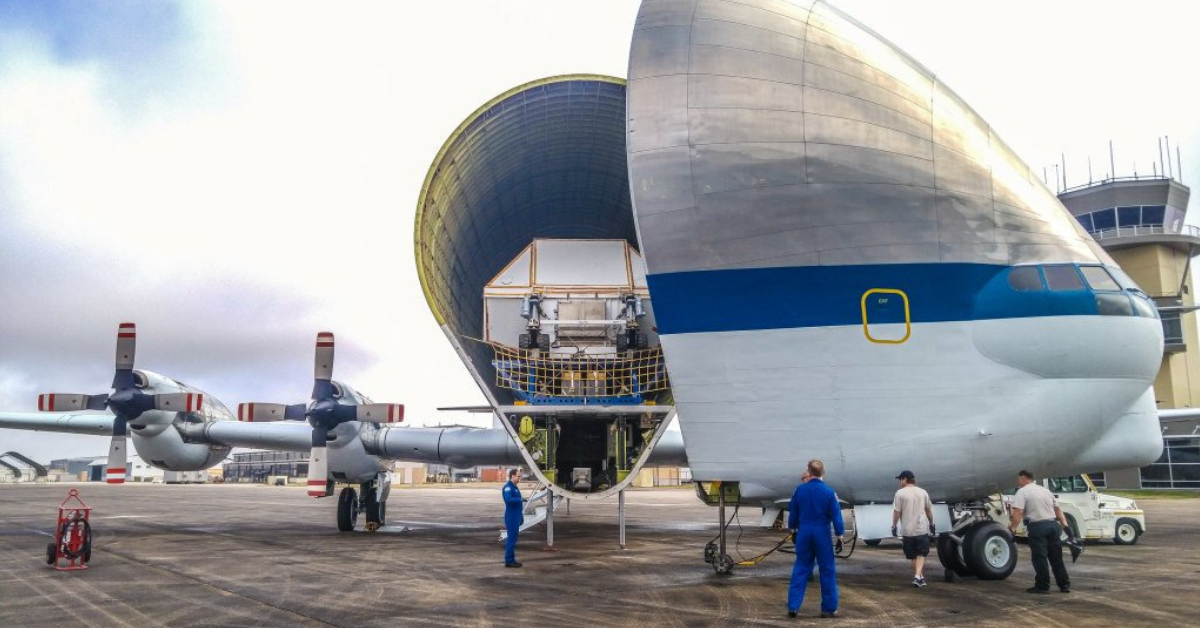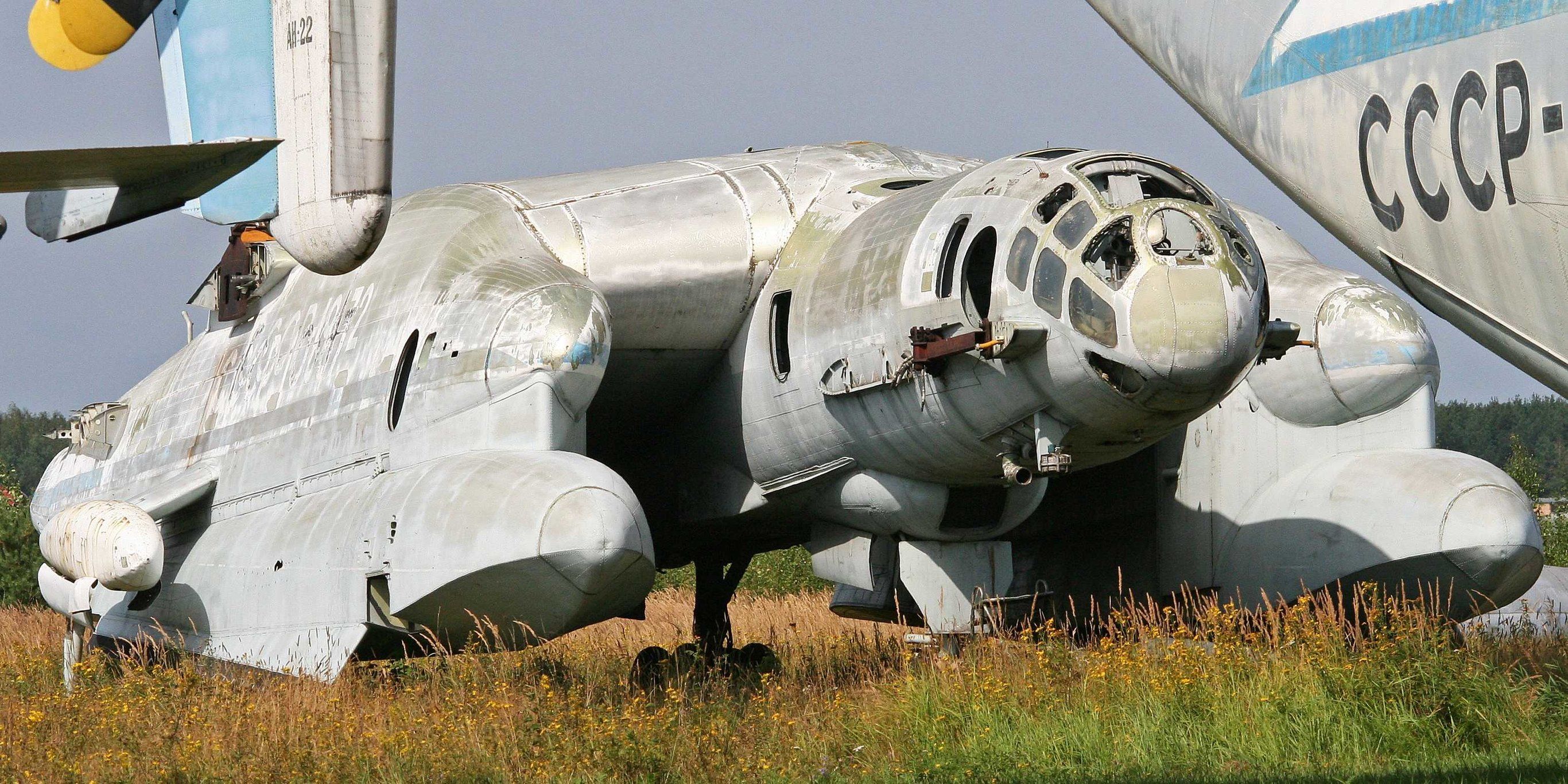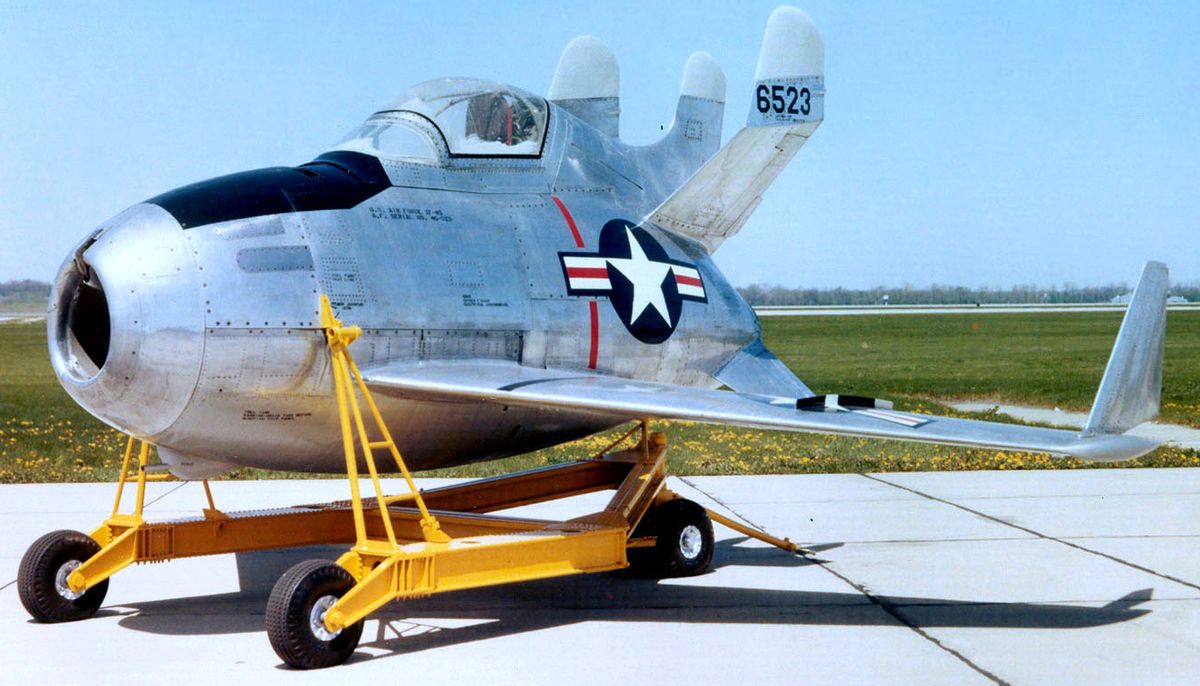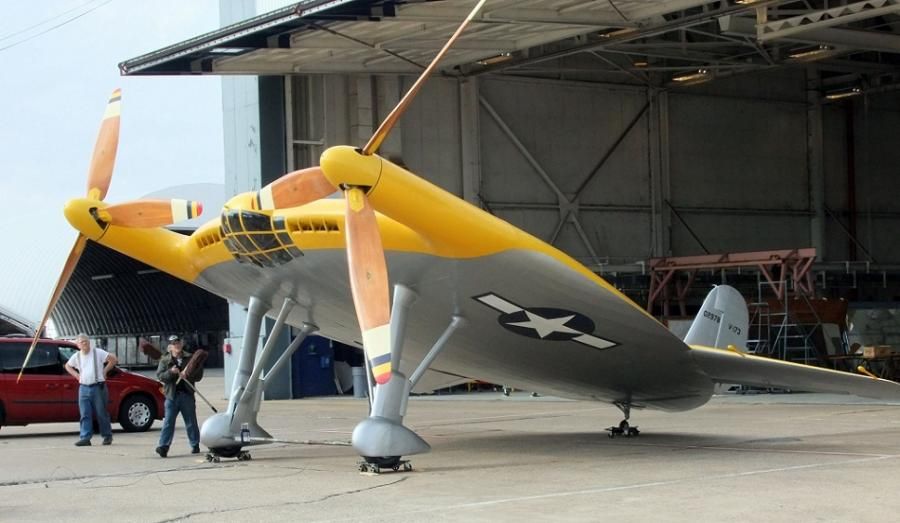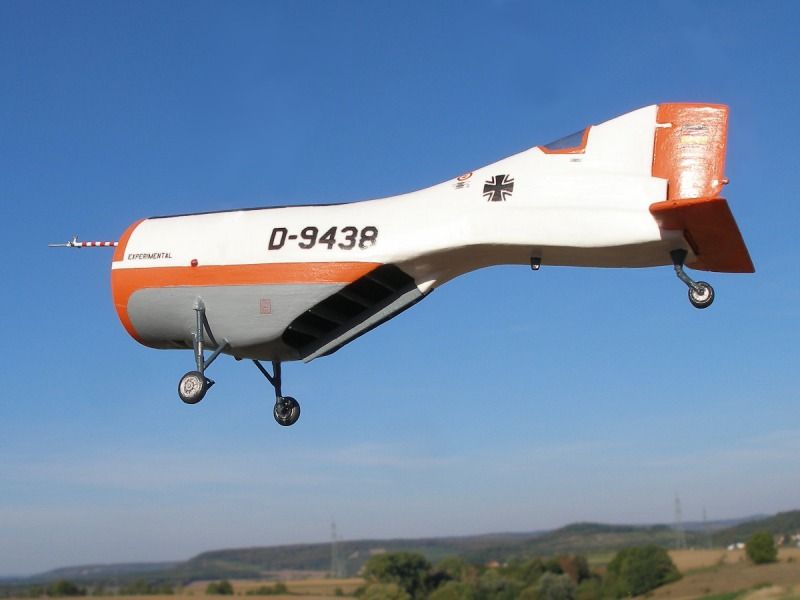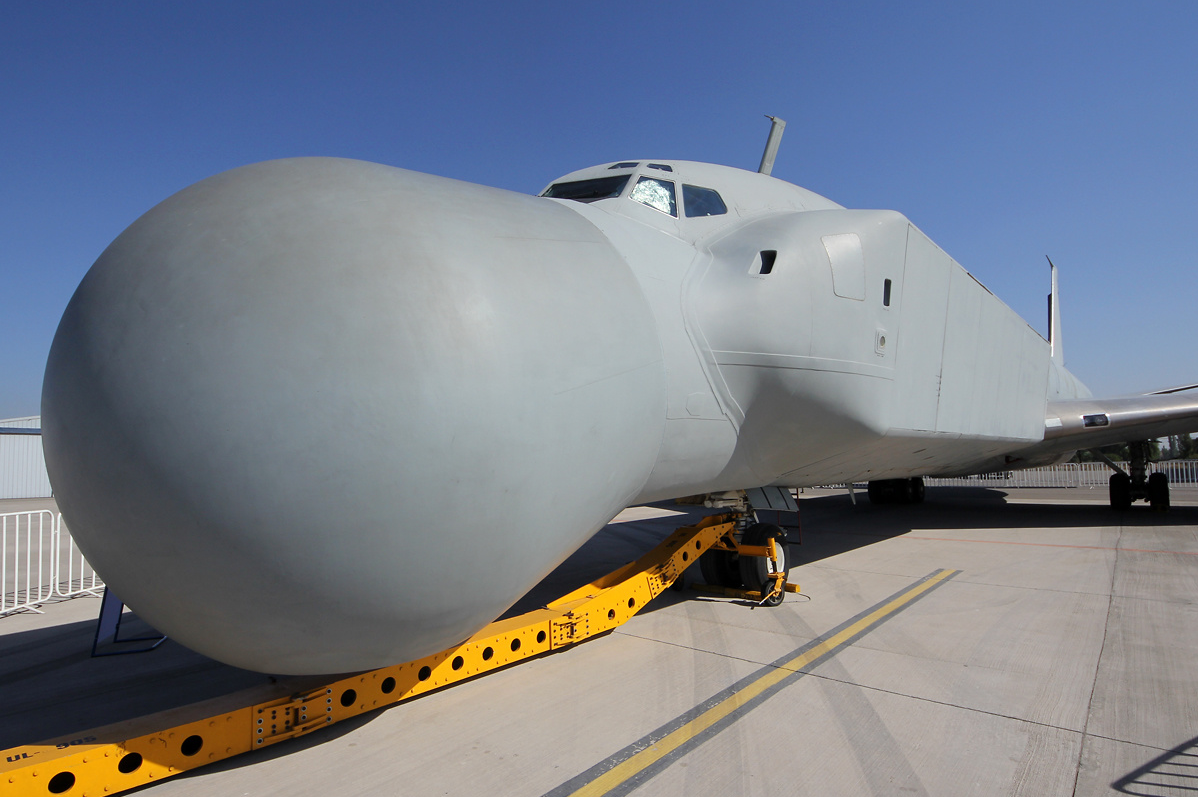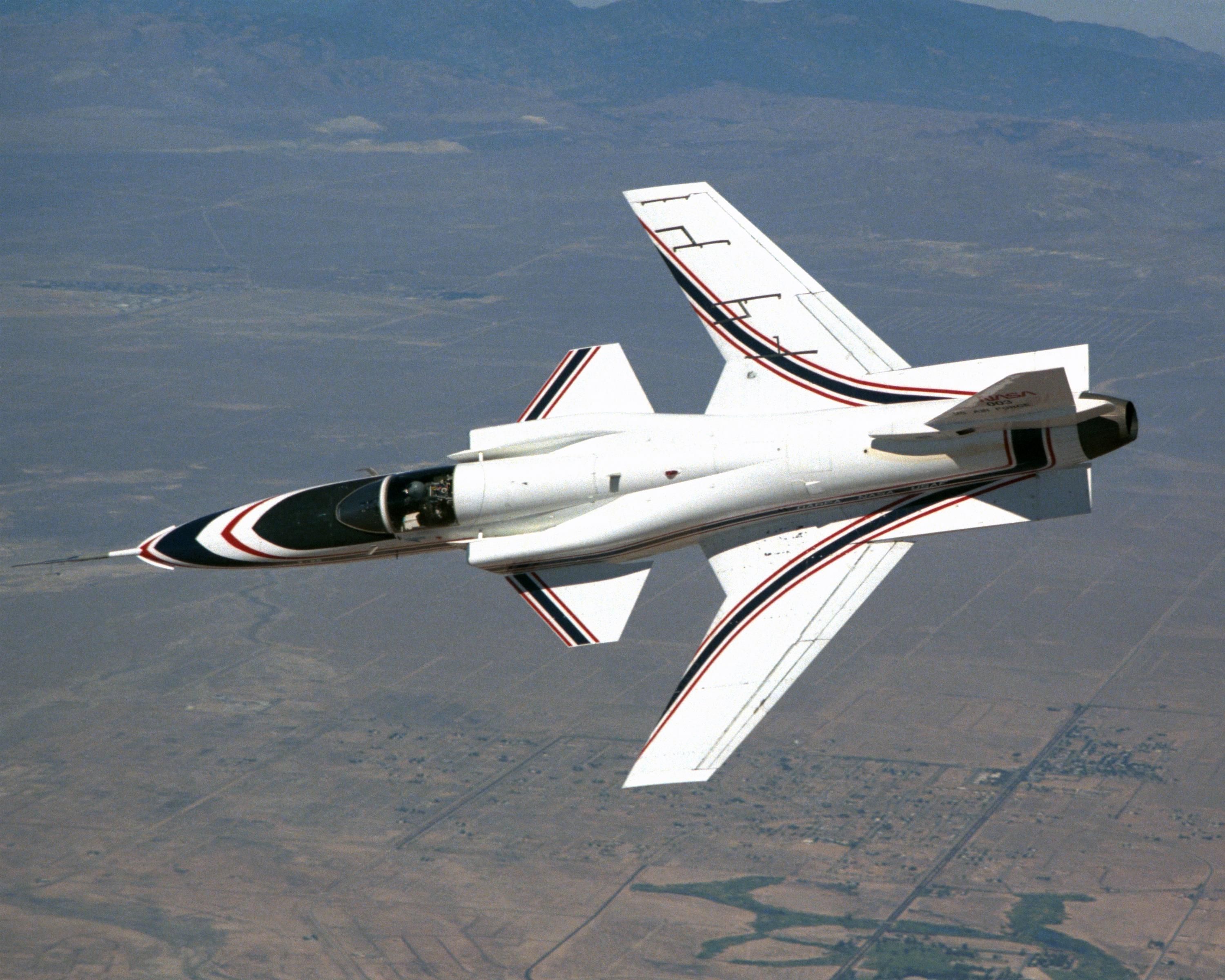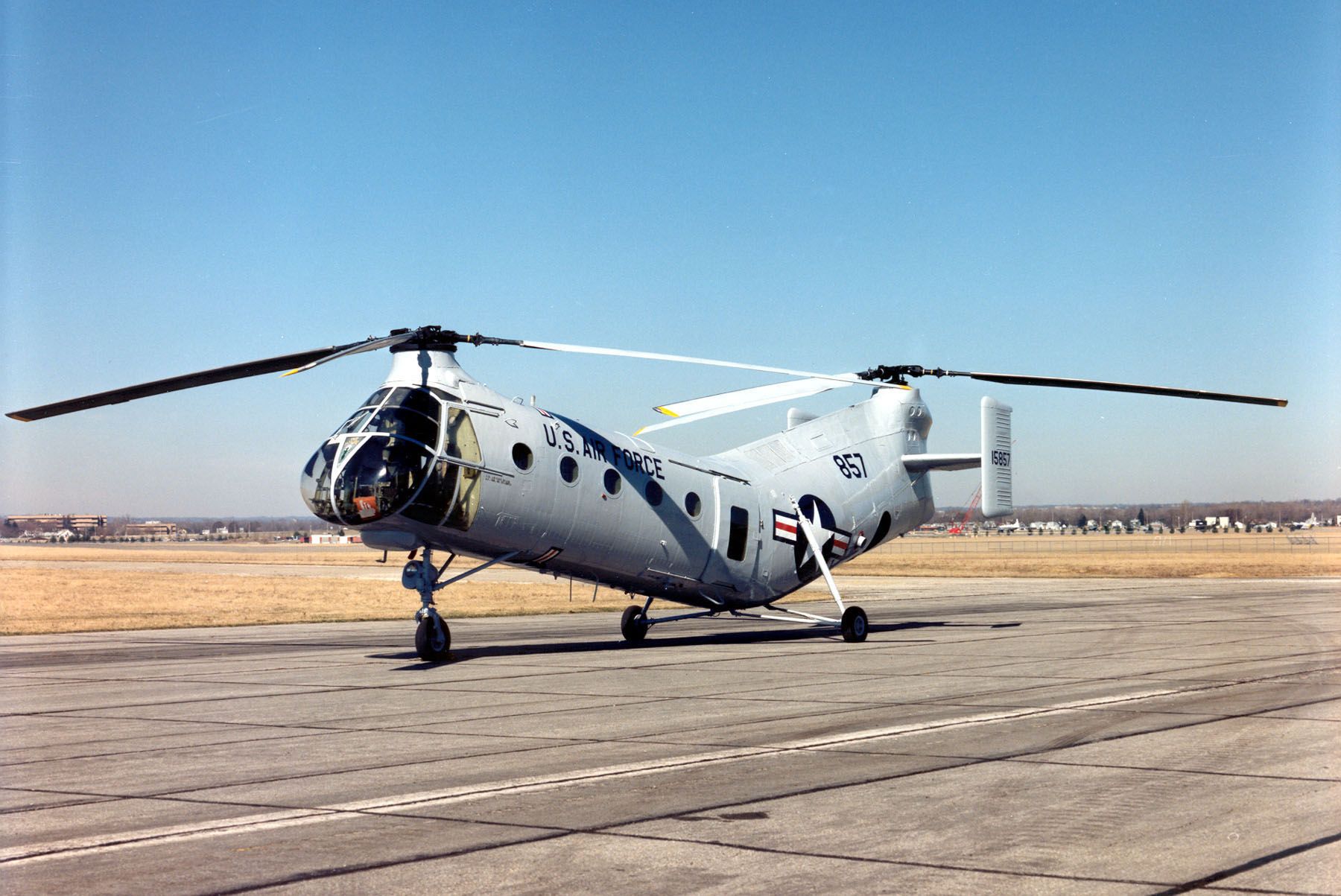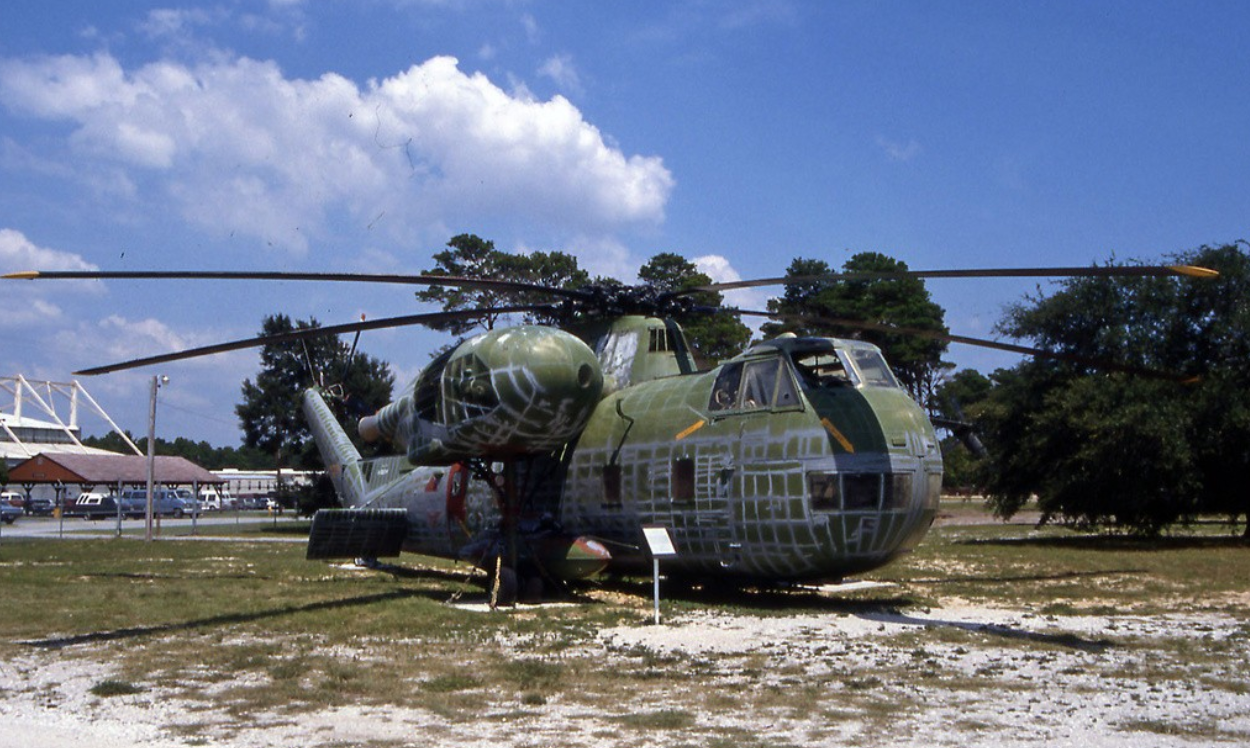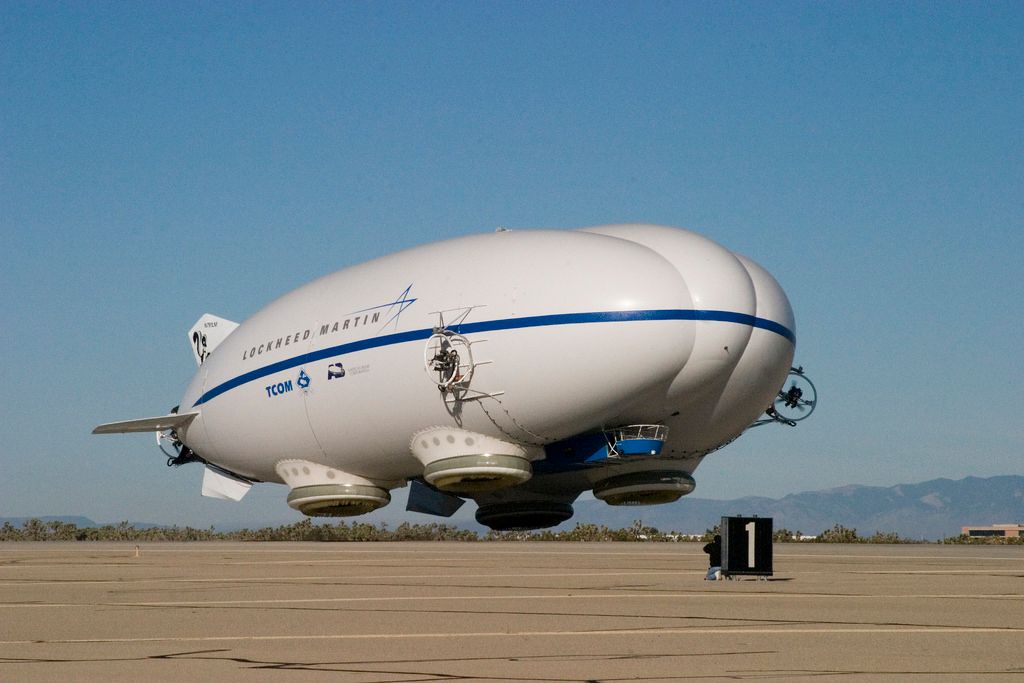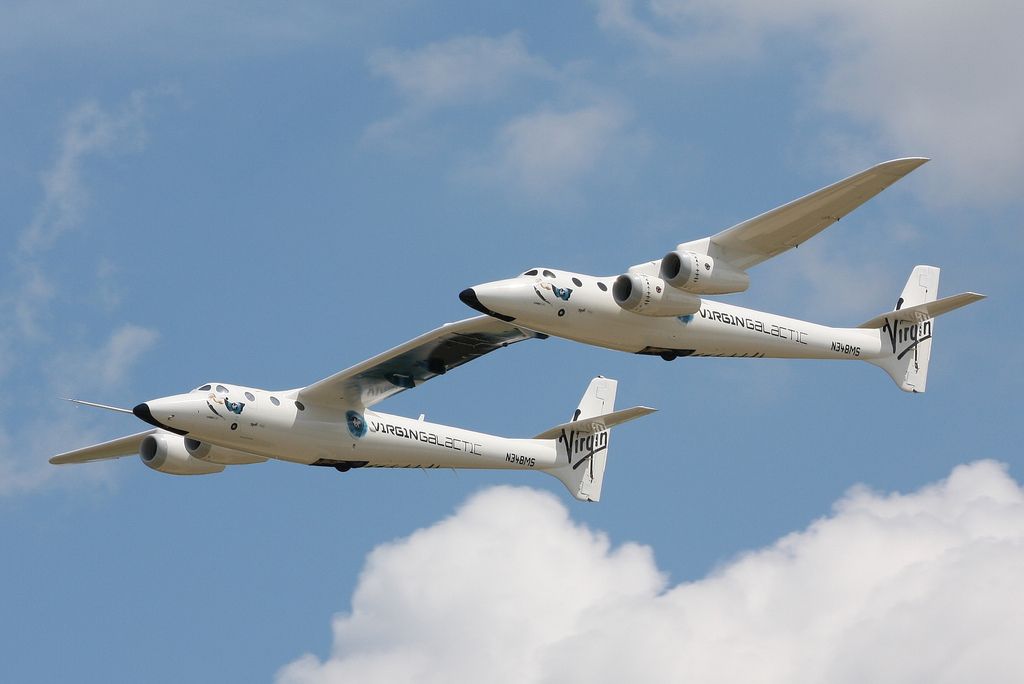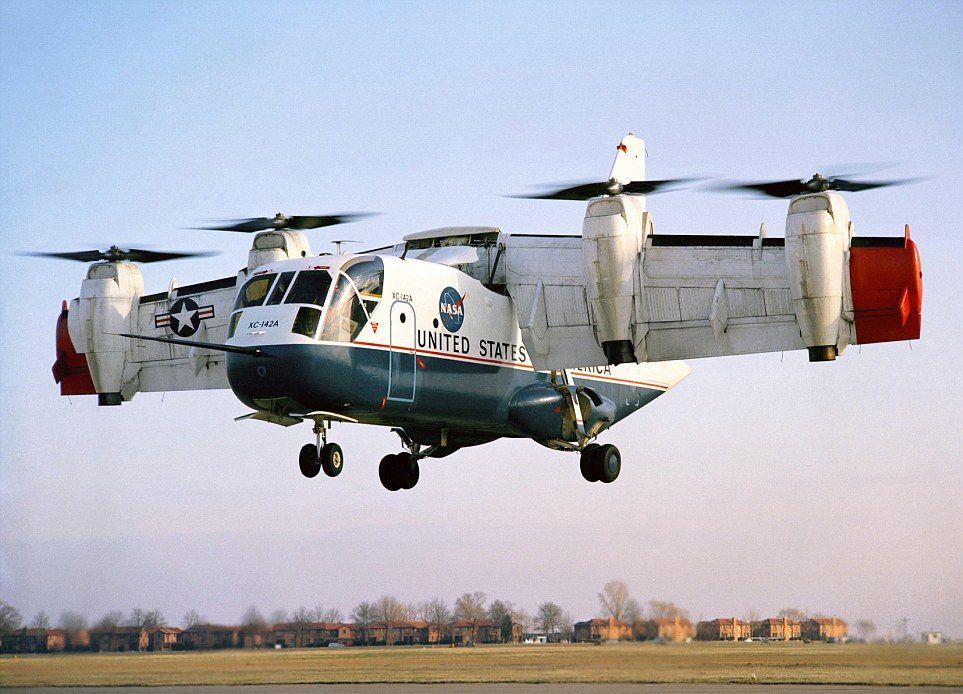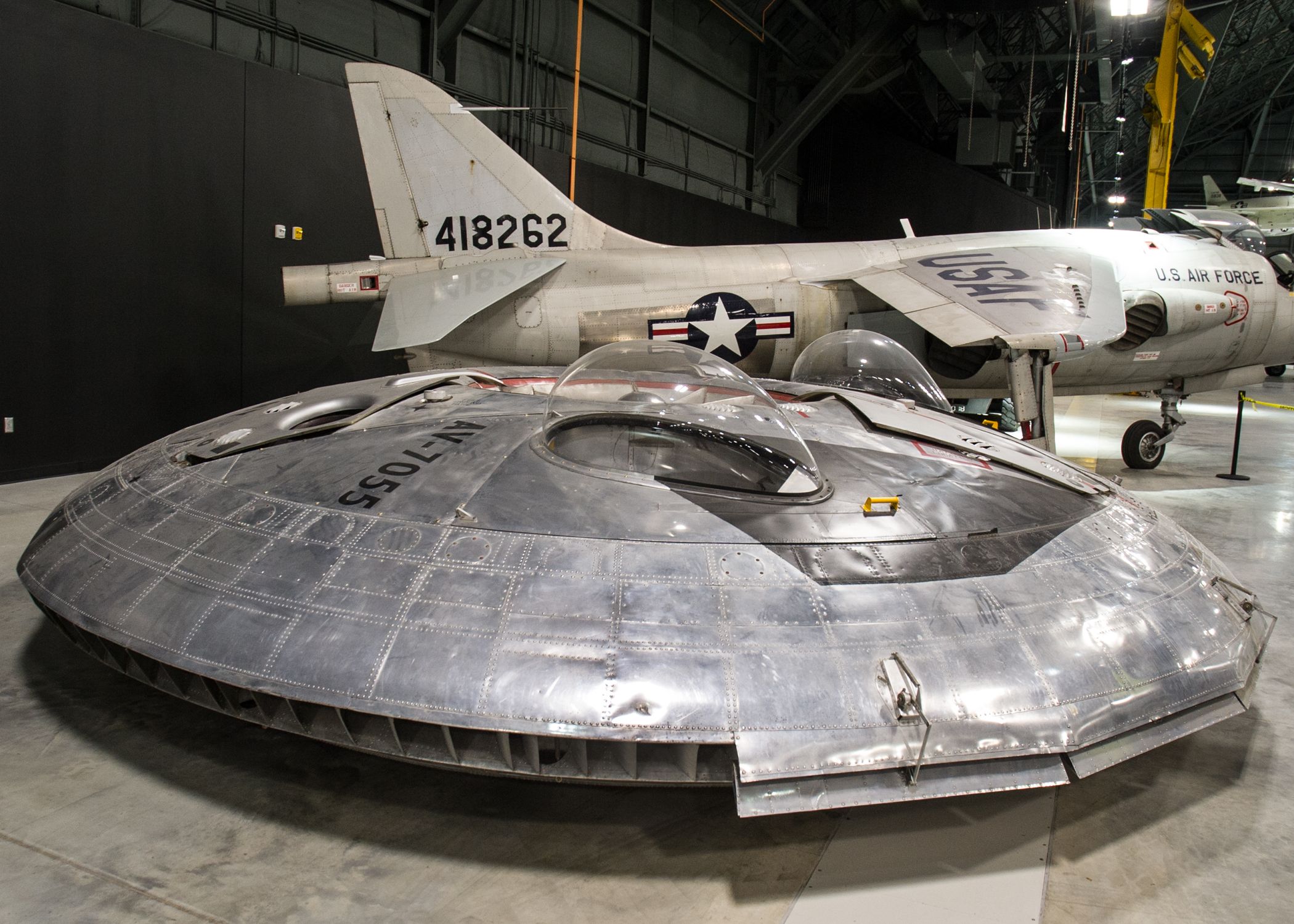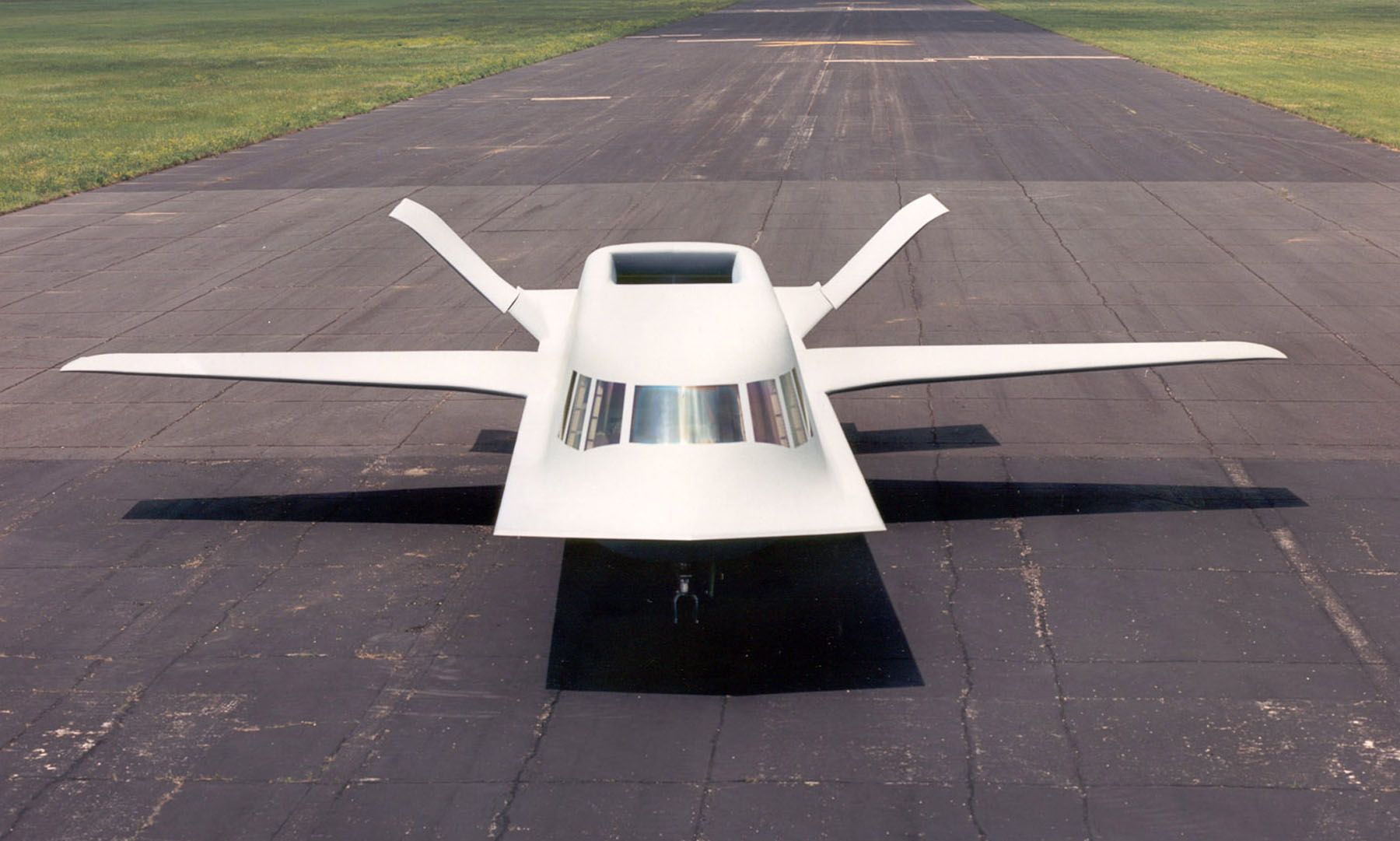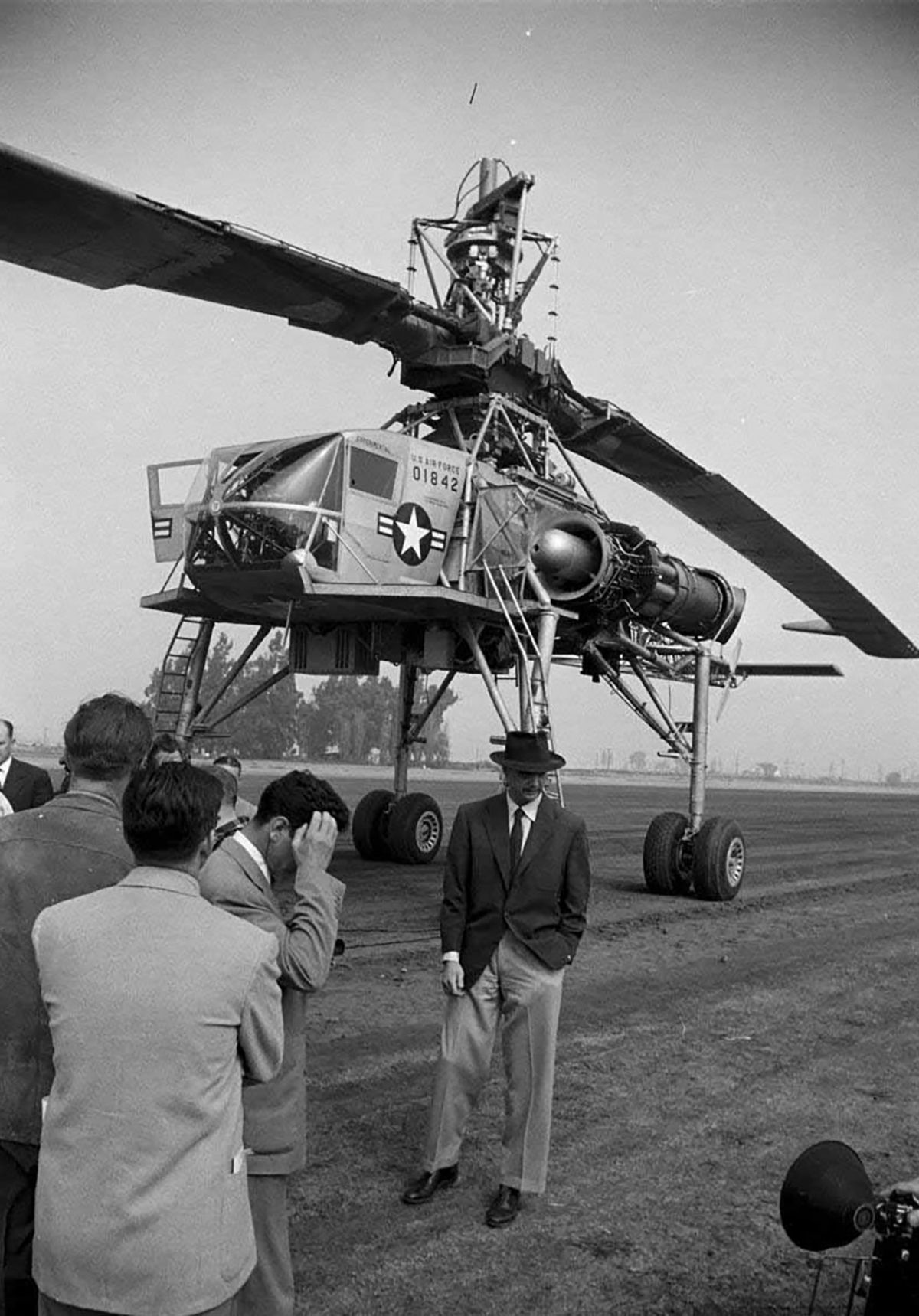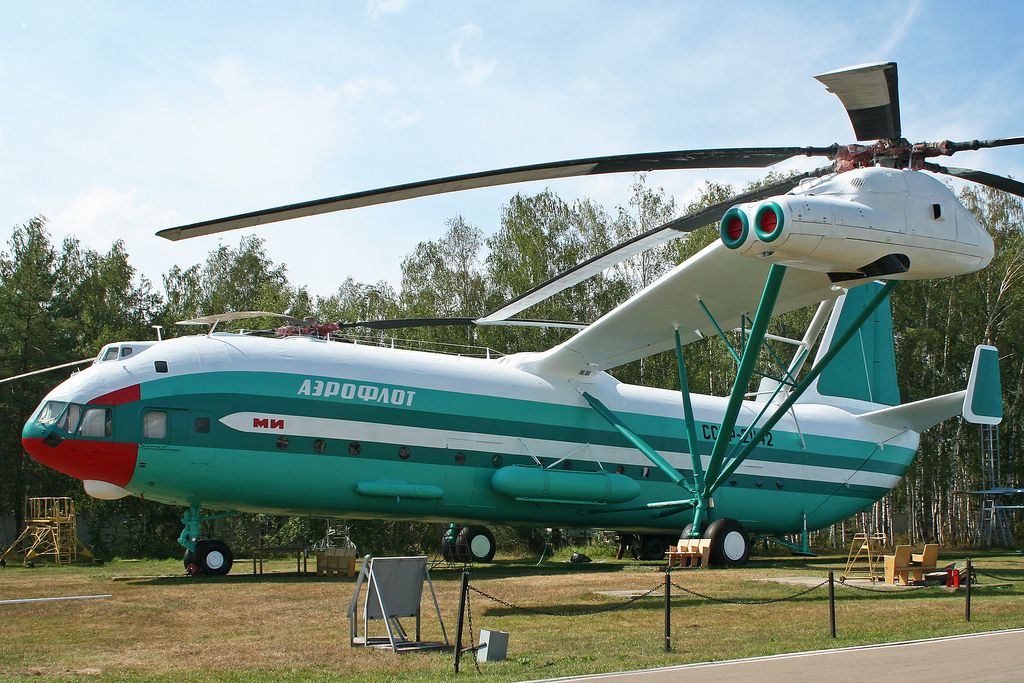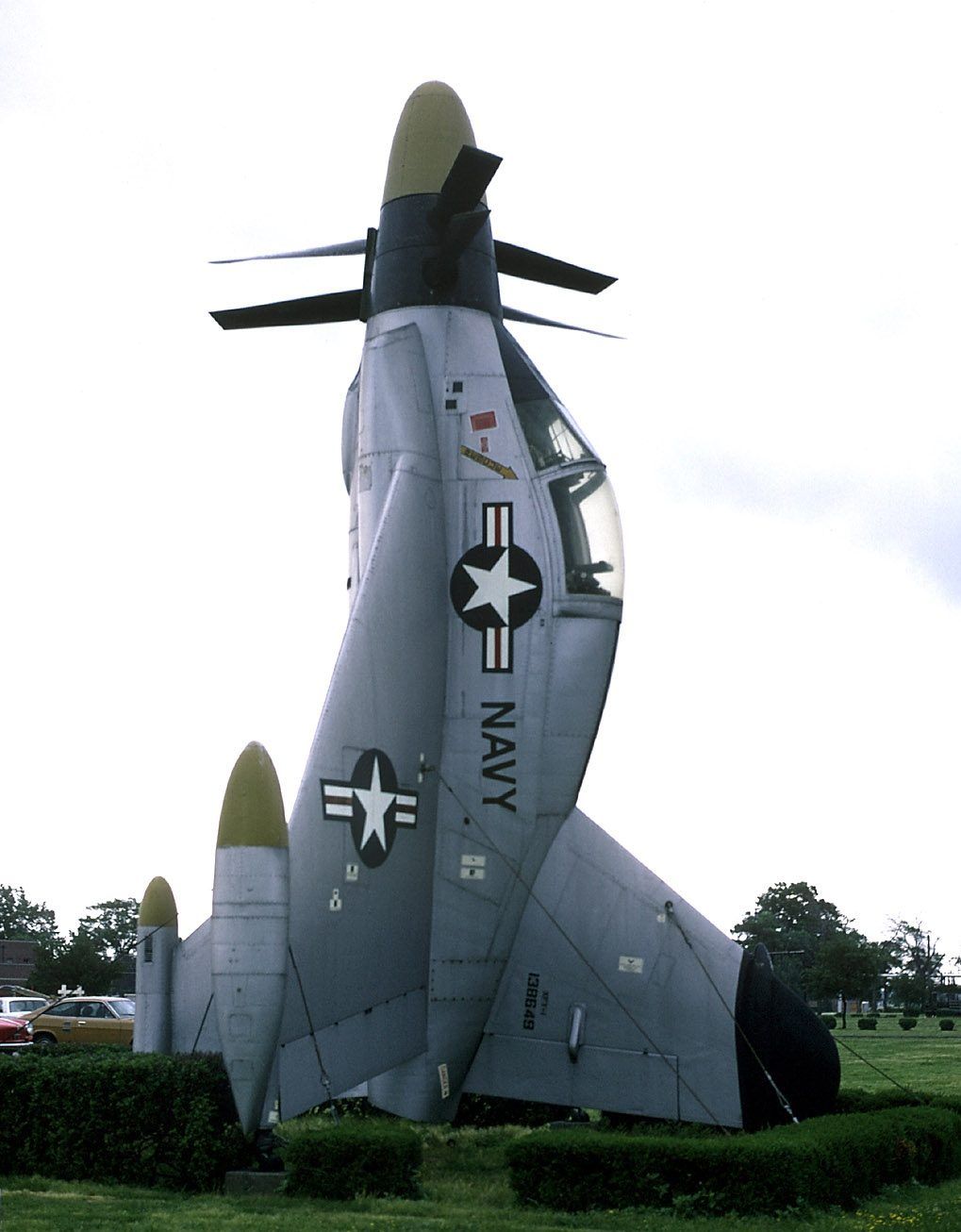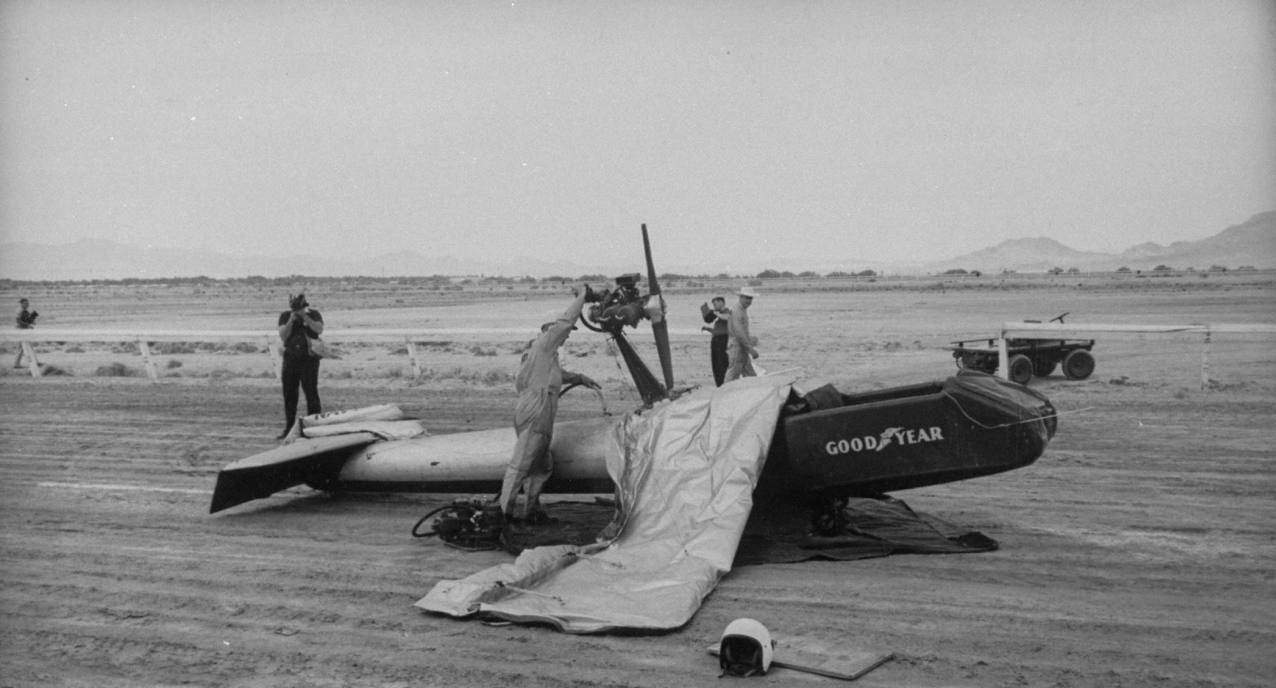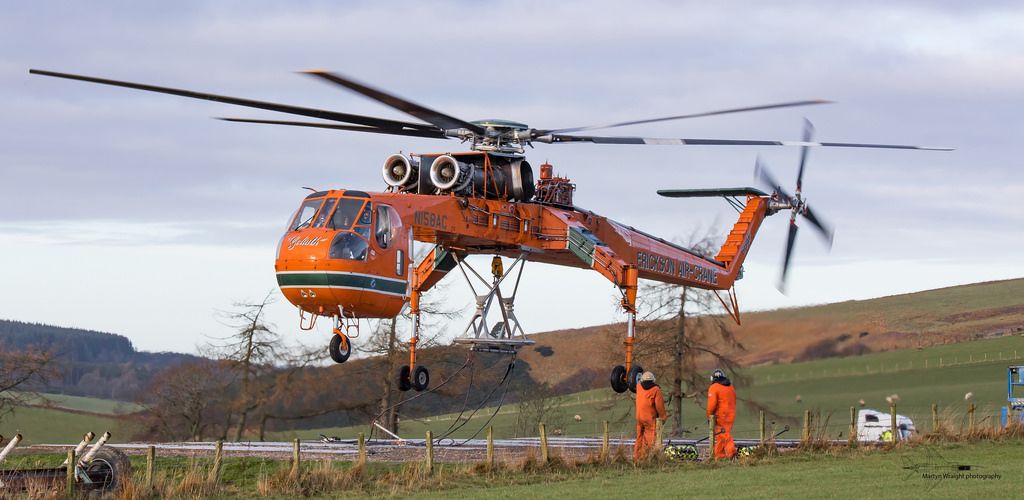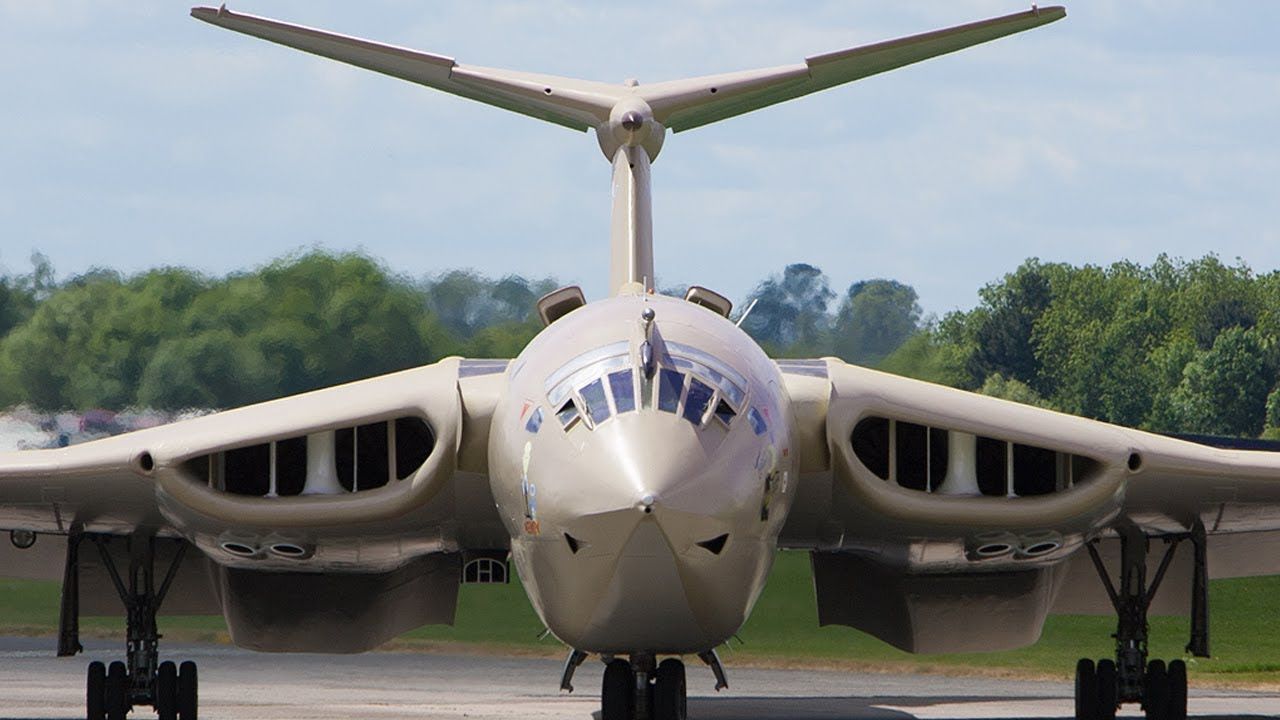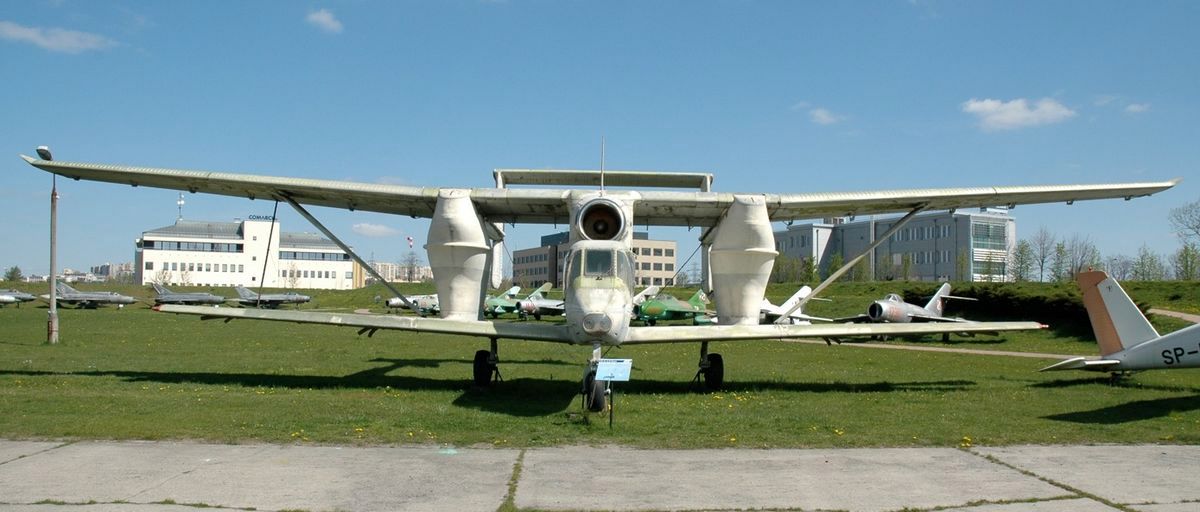The aviation industry has made the world a smaller place. Apart from creating millions of jobs, aviation has allowed us to have breakfast in the morning in New York, shop in Los Angeles during lunchtime and watch the sunset in Miami that night. Global businesses have benefited from aviation, as companies can transport cargo and staff efficiently. When the Wright Brothers invented the airplane in the early 1900s, their dream was to fly. They got their wish, but as with all inventions, people want to improve on the idea to provide the best product.
Throughout the years, manufacturers designed a business class for passengers who wanted more room, as well as beds in some planes. Apart from the interior, the plane's exterior changed. Designers got creative and manufactured planes and helicopters that looked eccentric. Some of the latest plane and helicopter models look like a Picasso drawing, not resembling the style that has become the norm.
Our curiosity prompted us to search the globe for the most peculiar looking planes and helicopters. The search led us to discover some of the most eccentric plane and helicopter designs that made us wonder about the designer's intention during the creative process.
25 Bartini Beriev VVA-14
At first glance, one would struggle to figure out how to classify the Beriev. Is it a boat with detachable wings? A plane? Nobody is certain, but one thing's for sure; it looks strange. Designers developed this machine during the Soviet Union in the 1970s as a wing-in-ground-effect aircraft to take-off from water and fly at high speed over long distances.
The designers intended for the plane to travel at high altitudes, as well as flying just above the sea surface using aerodynamic ground effect. The first flight was in September 1972.
24 McDonnell XF-85 Goblin
The Goblin resembles a fighter plane that engineers didn't have enough time to construct, so they shortened the design to make a mini fighter plane. The intent for the design was to fit the Goblin in another plane, but the idea didn't work in practice. McDonell built two prototypes at the cost of above $3 million before scrapping the project. The first flight for the Goblin happened in August 1948.
After the program's termination, the two planes ended up at the USAF museum in Daytona, Ohio.
23 Vought V-173
If you think that the plane looks like a bug, then you're not the only one. The plane had an unconventional all-wing design consisting of a flat, disk-shaped body that served as the lifting service. The two piston engines, buried in the body, drove the propellers that were located on the leading edge on the wingtips.
The designers wanted to produce a plane that had excellent short-range capabilities. They nicknamed this plane The Flying Pancake. After the long restoration, the Vought V-173 was on display at the Frontiers of Flight Museum in Texas.
22 Dornier Aerodyne
Alexander Lippisch was responsible for the Dornier Aerodyne, a wingless VTOL unmanned winged aircraft. The idea that Lippisch had for the plane was to combine lift and thrust production in a single construction unit and flow channel. Lippisch intended the invention to be a land or ship supported drone for aerial reconnaissance.
The Aerodyne was 18 feet long and 6 feet wide. Lippisch was part of the Dornier team that built only one prototype. The first flight was in September 1972 and retired two months later.
21 EL/M-2075 Phalcon
The FAS stated that the EL/M was the most advanced airborne early warning and control system. If it weren't for the clown-style nose of the EL/M, it would look like a regular 707 Boeing. The main objective of the plane is to provide intelligence to maintain air superiority and conduct surveillance.
The EL/M-2075 is a solid state conformal array radar system for use on a 707 Boeing. Although advanced, the Phalcon has a peculiar nose that makes the plane look strange.
20 Grumman X-29 Forward Swept Wing Jet
Once you take a good look at the X-29, the wings look like they're on backwards. That wasn't the reason for the plane not reaching beyond the borders of the testing range, though.
Grumman manufactured two prototypes. The airframe required the use of computerized fly-by-wire control. Everything seemed to be going well during the testing stage until the engineers discovered that the human pilot could not control the plane if the computer system malfunctioned. Considering technology is unpredictable, the X-29 remained in the air for a short period.
19 Piasecki H21
Otherwise known as the flying banana, the H21 was a multi-mission helicopter that used wheels, floats, and skis. The helicopter had winterization features that permitted operations at temperatures as low as -65 Fahrenheit. Piasecki manufactured the H21 as an Arctic rescue helicopter. The improved capabilities on the H21-B enabled the helicopter to carry 22 equipped infantrymen or 12 stretchers, as well as space for two medical attendants.
The helicopter was in production from 1952 until 1959.
18 Sikorsky CH-37C Mojave
While some people might say that the CH-37C was a strange looking plane, it provided good service as the U.S. manufacturer produced 156 models. The Ch-37C was a large, heavy-lift helicopter, which had its first flight in 1956 and was one of the last helicopters to use a piston engine, which was larger, heavier and less powerful than the turboshaft engines.
The helicopter also helped to recover spy satellite film capsules that descended from space by parachute.
17 Lockheed Martin P-791
The P-791 was an experimental aerostatic and aerodynamic hybrid airship. When Lockheed Martin designed the aircraft, he wanted to combine the high speed of an airplane with the buoyancy of an airship. The P-791 resembles a bloated blimp to me.
According to Popular Mechanics, Martin is still selling the P-791, floating at 20,000 feet for up to three weeks. Although the plane's design is odd, all that matters is that it can do the intended job. The LMZ1M is the follow up to the P-791.
16 Scaled Composites White Knight Two
When one plane doesn't do the trick, you need to attach another one to it. The Scaled Composites is a quad-jet cargo aircraft used to lift the SpaceShipTwo spacecraft to release altitude. The plane can ascend to a maximum height of 70,000 feet, and the pilot steers from the right fuselage.
Virgin Galactic ordered two units and plans to use the Scaled Composites to carry its SpaceShipTwo to 50,000, where it will detach from the White Knight and ascend to suborbital altitudes of nearly 70 miles.
15 LTV XC-142
The XC-142 was a tri-service tilt-wing experimental aircraft designed to investigate the operational suitability of vertical/short takeoff and landing transports. The first transitional flight with vertical take-off completed in January 1965. After the vertical take-off, the helicopter changed to forward flight and landed vertically.
The manufacturer built five models. The design consisted of a large, boxy fuselage with a tilted rear area featuring a loading ramp. The wingspan was 67 feet and 58 feet long overall.
14 Avro Canada VZ-9AV Avrocar
Who wouldn't love to get behind the wheel of a flying saucer? The cost of the project to build a flying saucer was $10 million, according to Aviation CV. The problem with the project was that the engineers struggled to get the Avrocar more than a few feet off the ground without encountering major problems. Production commenced in 1958, and the engineers built only two models in two years.
During testing, the Avrocar had unresolved thrust and stability problems that limited it to low-performance flight envelope.
13 Northrop Tacit Blue
When the authorities needed a plane to fly undetected by radar, the engineers designed the Tacit Blue. In certain situations, the need for stealth outweighs aerodynamic concerns. The engineers designed the Tacit Blue for such scenarios, as the bubbly and boxy body allows it to fly undetected by radar.
The Tacid Blue Technology Demonstration Program was the result of the airforce wanting to prove that an aircraft could monitor the ground situation deep behind the battlefield and provide target information in real time to a ground command center.
12 Kellett-Hughes XH-17
One of the primary purposes of a helicopter is to lift heavy and oversized loads to places that conventional planes cannot access. When the Hughes Aircraft Company designed the XH-17 in 1952, it was the largest helicopter in the world, according to Listverse, as it had a 120-foot rotor system.
During the testing stage, the XH-17 showed that it was an intimidating machine, as flames surged from the jet engines on the rotor tips. People who were eight miles away from the helicopter could hear it.
11 Mil V-12
The Soviet Union was good at manufacturing large planes, so it shouldn't be a surprise that the Mil V-12 holds the record for the largest helicopter produced until the MilMi-26 took the honors.
During the design, Mil borrowed the rotor system, as well as the power plant from the Mi-6 helicopter. The helicopter used two rotor systems. A large vertical fin was responsible for stabilizing the helicopter, though the rotators spun in opposite directions. When the V-12 became obsolete, Mil displayed the two prototypes in a museum in Russia.
10 Convair XFY-1 Pogo
One of the biggest problems that airports and military air bases have is accommodating planes with parking. The flying machines take too much space, so engineers thought that the best position for a plane to park was by landing vertically. While the Convair flew horizontally, it landed vertically to fit into tight spots. The designers equipped the plane with landing gear on its tail end.
Landing the plane was difficult, as the pilot had to look over his or her shoulder while working the throttle. Convair built only one prototype.
9 Goodyear Inflatoplane
Airlines are always trying to cut costs. Had the Goodyear Inflatoplane taken-off, figuratively, the plane would have saved airlines tremendous costs. The plane was inflatable and could fit into a car. Goodyear Aircraft Company, a subsidiary of Goodyear Tire and Rubber Company, made the plane, proving to meet its objectives.
The sponsor scrapped the project after discovering that the plane could go down with a well-aimed arrow. Goodyear built 12 units, and the first flight was in February 1956.
8 Sikorsky S-64 Skycrane
The S-4 Skycrane was a twin-engine heavy-lift helicopter. Although Sikorsky originally produced the S-64, Erickson Air-Crane company is the current manufacturer. S-64 Skycrane's first flight was in May 1962. Since then, the manufacturer produced 31 Skycranes. The helicopter can accommodate a pilot, a co-pilot and an engineer or rear facing observer. Erickson has named each S-64, such as Elvis, Incredible Hulk, and Isabelle.
It might not be an attractive helicopter, but it's capable of saving lives.
7 Handley Page Victor
The Handley Page Victor looks more like an insect than a jet-powered strategic bomber. The first flight happened in December 1952, and the plane retired in 1993 after the discovery of fatigue cracks, which exacerbated after the adoption of a low-altitude flight profile to avoid interception. Consequently, many Victors became aerial refueling tankers.
We won't blame you for thinking that the Victor looks like the Praying Mantis. Although an odd design, the Victor served well for several decades.
6 PZL M15 Belphegor
The PZL M15 was a jet-powered biplane produced for the Soviet Agricultural aviation. Due to the strange design and noisy engine, aviation pundits dubbed it the Belphegor, after the noisy demon. The design of the Belphegor consisted of a metal twin-boom sesquiplane, with a jet engine over the crew cabin. The upper and lower wings connected to two thick columns, housing the chemical tanks.
The plane accommodated one pilot, as well as two technicians if necessary. The Belphegor's first flight was in May 1973.

